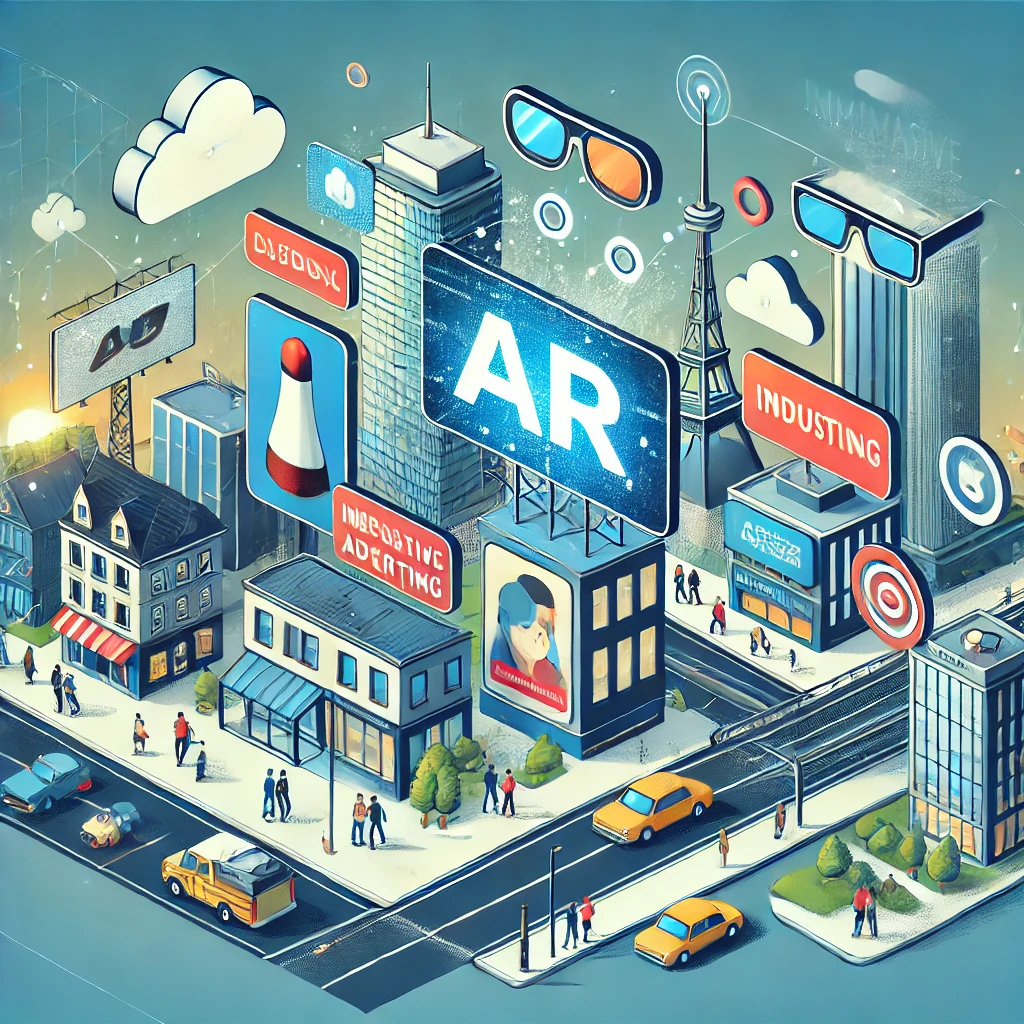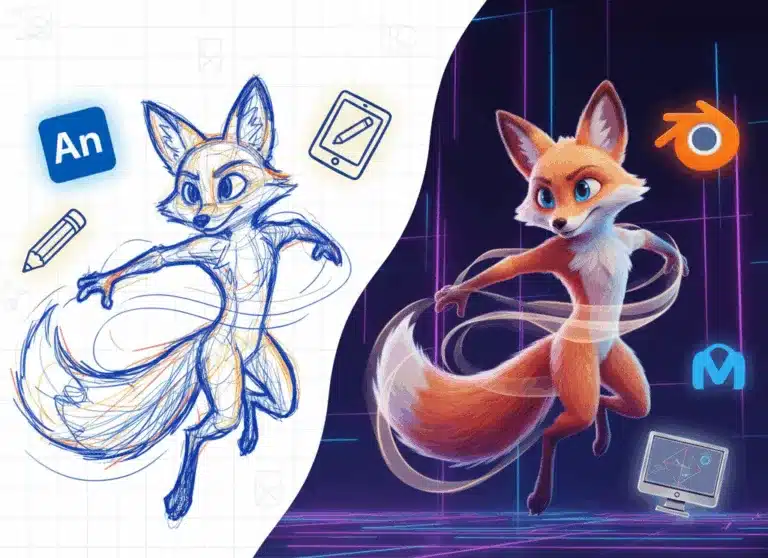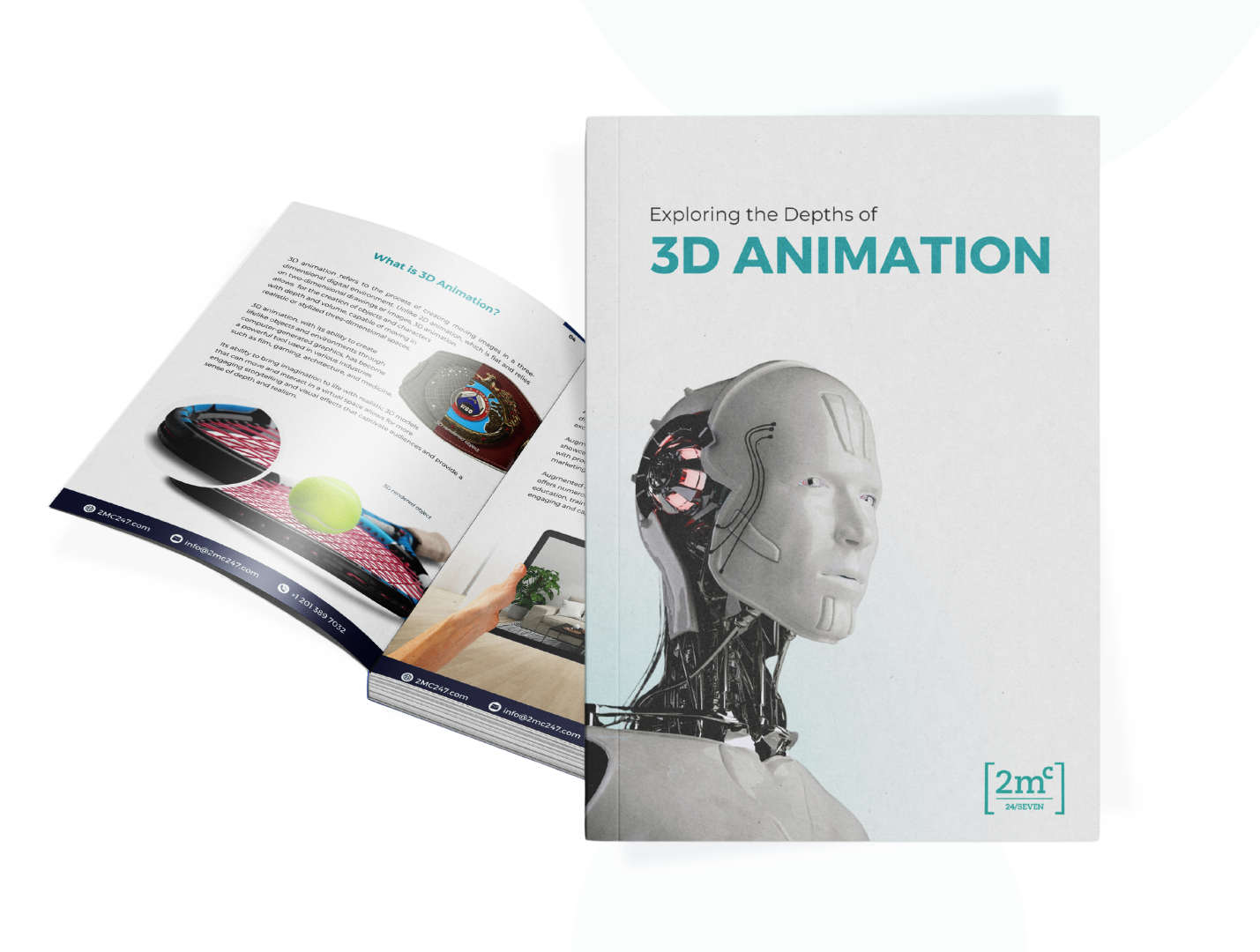In the evolving landscape of digital marketing, augmented reality (AR) is emerging as a powerful tool for creating deeply engaging advertising experiences. Unlike traditional ads, which often passively deliver messages to audiences, AR ads invite users to interact with brands in innovative ways, blending the digital and physical worlds. This shift is not just about keeping up with trends—it’s about redefining how brands connect with consumers. Let’s explore how different types of AR ads are transforming the advertising space.
Enhancing Consumer Interaction with AR-Driven Shopping Experiences
One of the most promising applications of AR in advertising is enhancing the online shopping experience. Imagine being able to try on a pair of shoes, a watch, or even a jacket without ever leaving your home. AR-driven try-on experiences allow users to see how products will look on them in real-time, using their device’s camera. This technology empowers consumers to make more informed decisions, reducing the guesswork and uncertainty that often accompanies online shopping.
The ability to virtually try on products not only enhances the shopping experience but also increases consumer confidence. When customers can see exactly how a product will look on them, they’re more likely to follow through with a purchase. Brands that implement these interactive tools can offer a personalized shopping journey that meets the evolving demands of today’s consumers.
Gamification: A New Way to Engage
Another exciting development in AR advertising is the rise of gamified experiences. These interactive ads go beyond simple displays of information—they turn advertising into a game that consumers can play. By incorporating elements of gaming, brands can create memorable interactions that entertain while promoting their products.
The benefits of gamification in advertising are clear. Users are more likely to engage with an ad that offers a fun and rewarding experience, leading to longer interaction times and stronger brand recall. Additionally, these experiences are often shared across social networks, extending the ad’s reach organically. For brands, this means greater exposure and a more positive association with their products.
Seamless Integration with Markerless AR
Markerless AR ads represent another leap forward in immersive advertising. These ads integrate digital content into the real world without the need for physical markers or codes. This allows for a more fluid and natural interaction between the user and the augmented environment.
Markerless AR can be used to create experiences that are contextually relevant, responding to the user’s surroundings in real-time. This technology offers brands an unprecedented level of creative freedom, enabling them to design ads that are both engaging and unobtrusive. By seamlessly blending digital elements with the physical world, markerless AR ads provide a unique and memorable user experience.
Precision Targeting with Marker-Based AR
For brands looking to combine the physical and digital worlds, marker-based AR ads offer a powerful solution. These ads are triggered by scanning specific images or objects in the real world, such as a product label or a billboard, with an AR-enabled device. This approach allows brands to deliver highly targeted content that enhances traditional marketing materials.
Marker-based AR ads are particularly effective for creating interactive product packaging or enhancing print advertisements. By offering additional digital content, such as product tutorials or promotional offers, brands can create a deeper connection with their audience. This type of advertising not only boosts engagement but also provides a seamless bridge between offline and online marketing efforts.
Amplifying Social Media Engagement with AR Filters
AR filters have quickly become a popular tool for brands looking to enhance their social media presence. These filters allow users to overlay branded elements onto their photos and videos, creating personalized content that can be easily shared across platforms. The interactive nature of AR filters encourages users to engage with the brand in a fun and creative way.
The viral potential of AR filters is significant. When users share their creations with their networks, they effectively become brand ambassadors, extending the ad’s reach far beyond its initial audience. For brands, this means increased visibility and a more organic connection with potential customers.
Virtual Exploration with AR Teleportation Ads
AR teleportation ads offer a unique way for brands to transport users to different locations and environments without leaving their current surroundings. This type of advertising is particularly well-suited for industries like travel and tourism, where showcasing destinations is key.
By overlaying virtual environments onto the real world, AR teleportation ads create an immersive experience that can spark interest and inspire action. Whether it’s exploring a far-off destination or getting a preview of a hotel, these ads offer a powerful way to engage potential customers and bring them closer to making a purchase decision.
The Future of AR in Advertising
As augmented reality technology continues to evolve, its applications in advertising will only expand. The key to success in this space lies in understanding the unique opportunities AR presents and leveraging them to create engaging, meaningful experiences for consumers. By embracing the potential of AR, brands can not only stay ahead of the curve but also redefine the way they interact with their audiences in the digital age.





